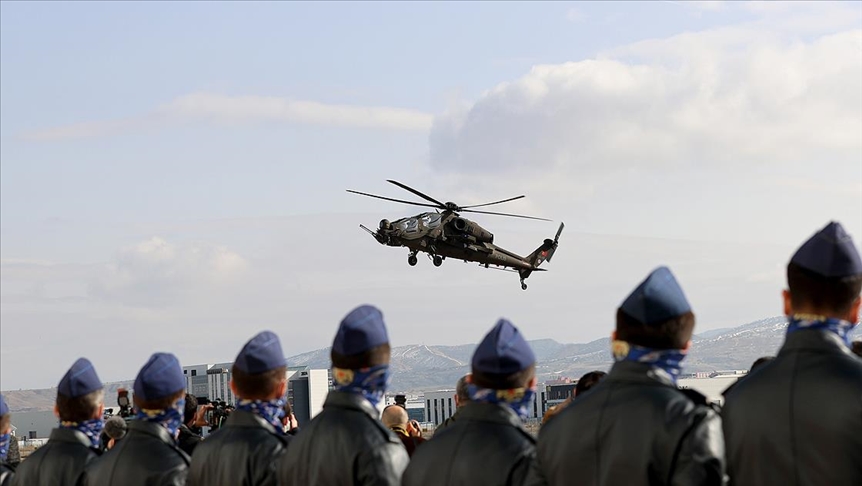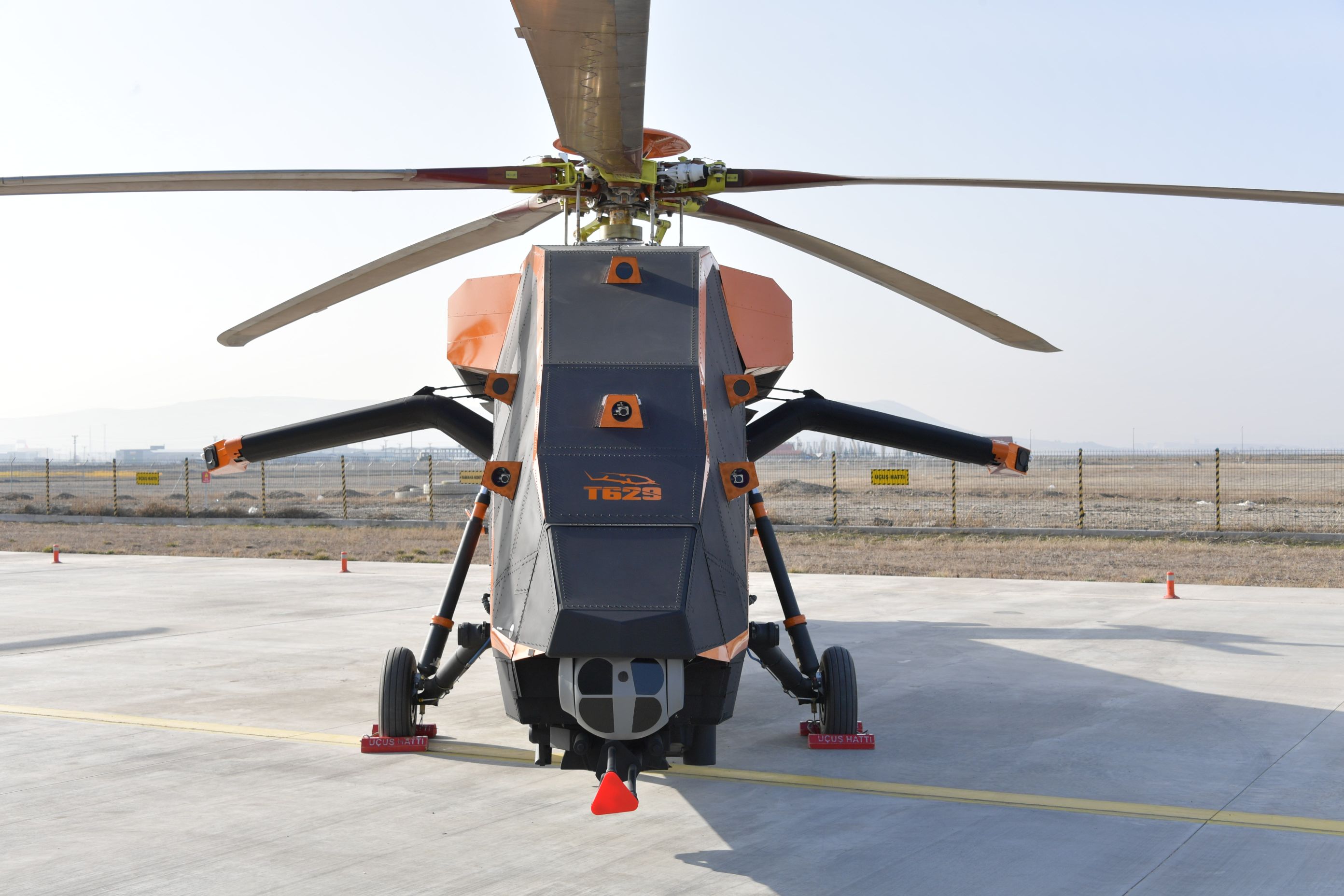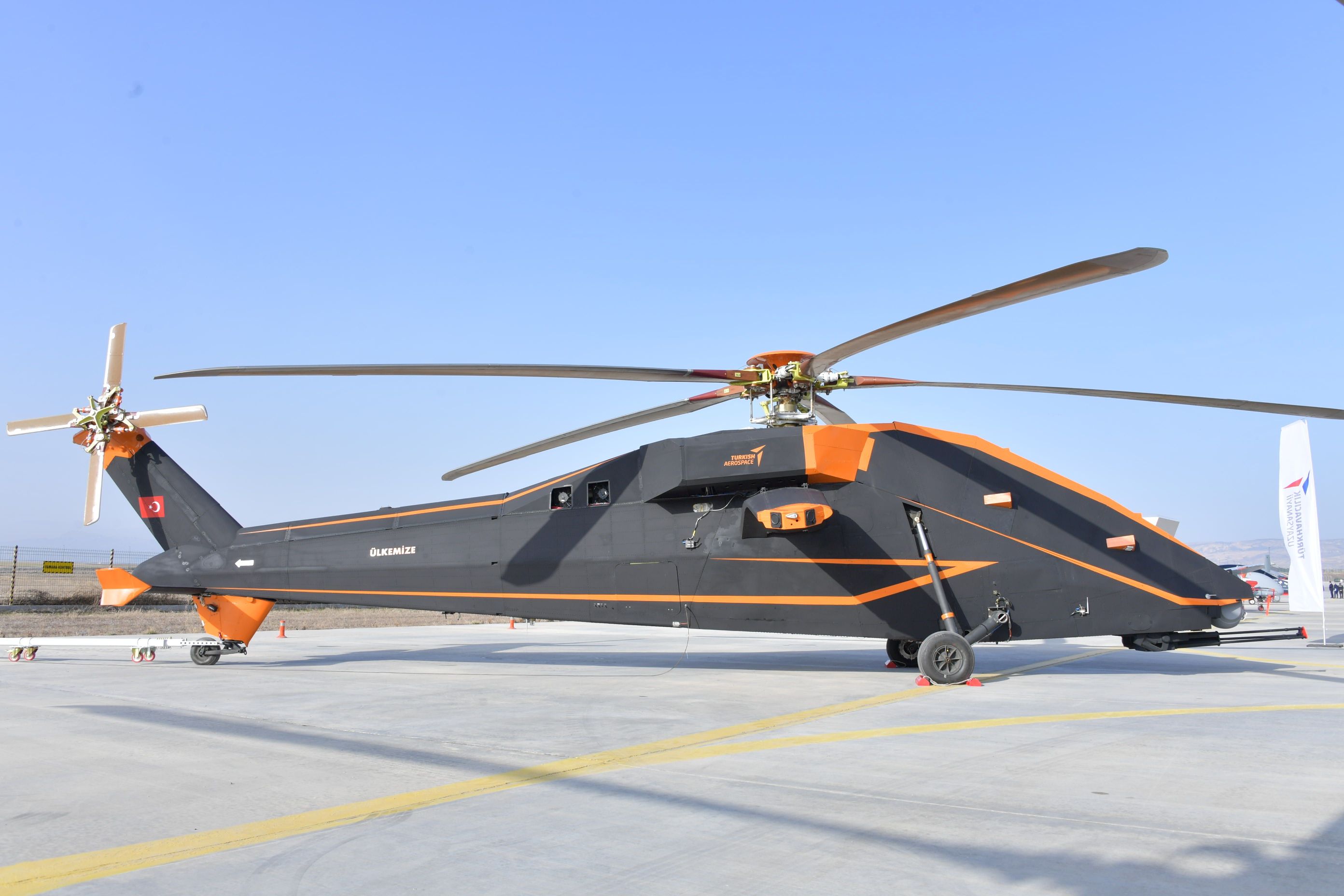Use of a hybrid system might also improve the range and operation times of the helicopter by a large margin. T129 Atak can only fly for a maximum of 3 hours and has a range of 561km. If they can extend that flight duration by even a single hour
Well Energy density of jet fuel is far higher than the best batteries available, so I doubt it (for every kg or L on the platform).
Li-ion (at best) is roughly 0.9 MJ/kg or 2.43 MJ/L
Kerosene is roughly 43 MJ/kg or 35 MJ/L
Employing total efficiencies of .75 and .3 respectively, jet fuel is at worst about 6 times as energy dense and "available" in delivery to propulsion.
So for every kg or Liter that jet fuel is replaced with li-ion (and not factoring in the extra weight of a hybrid motor system to use li-ion alongside), the range and endurance of platform will drop.
The advantages lie elsewhere with going hybrid....like say performing in more silent, stealthy + deployed capacity w.r.t a sensor load + data link w.r.t the head/control unit or general C4I network.
Thus the most interesting thing for me will be this lateral integration of this system with a more conventional manned system and the field and tactical doctrines developed for harnessing this.
The advantages developed in multi-system sensor arraying and processing (as someone has mentioned already with wingman drone concept etc, and we are seeing underwater equivalents with UUV really proliferate now too) will be a defining feature of this decade in defence development.









